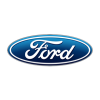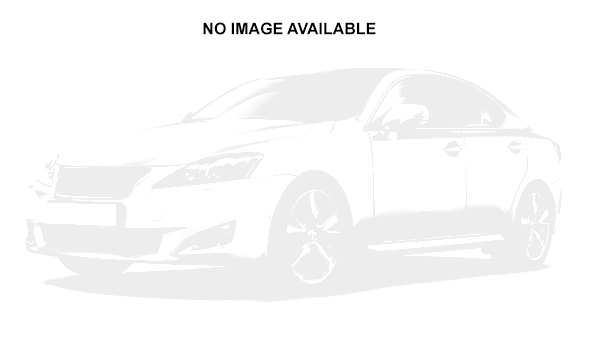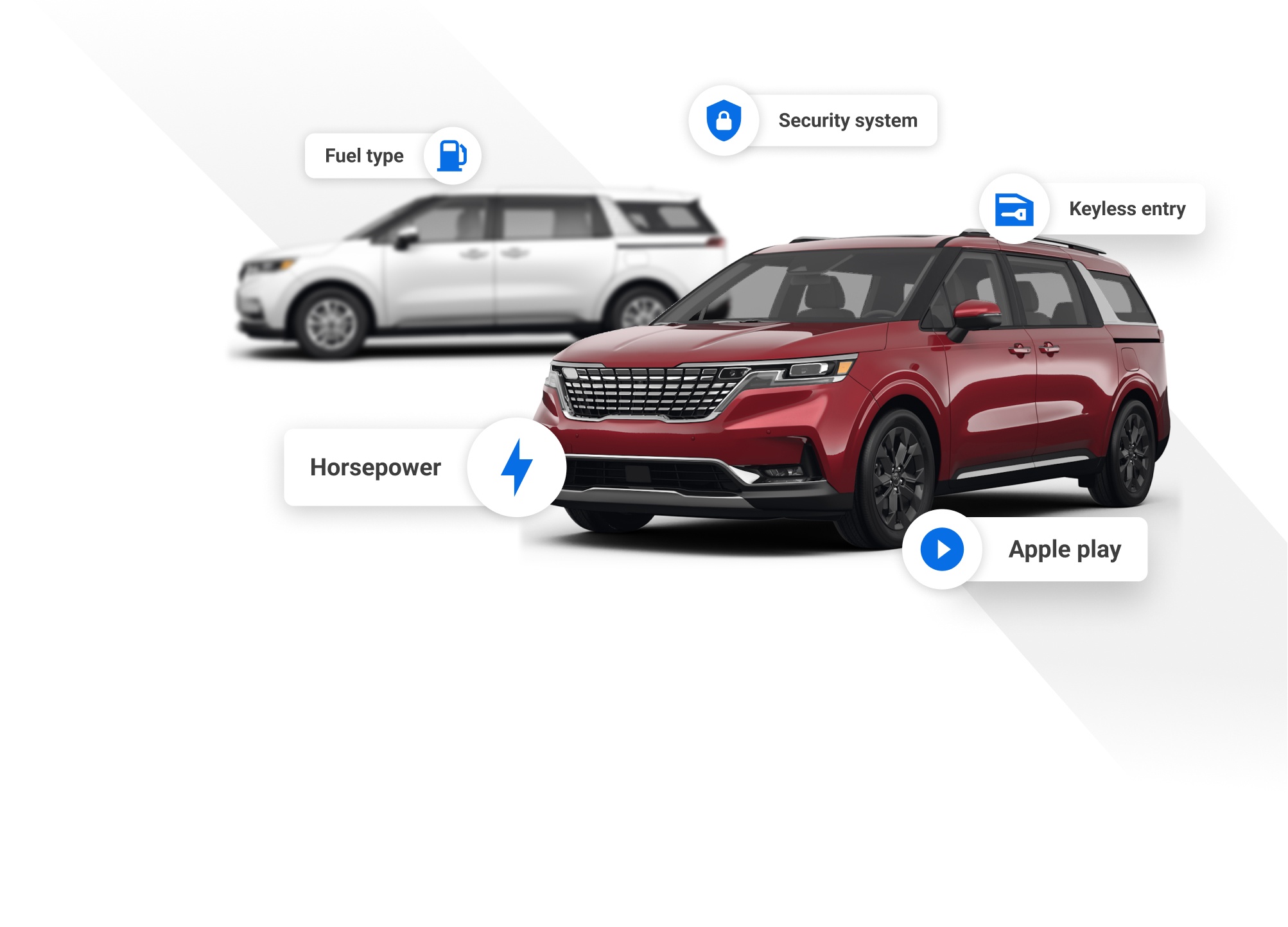
2005 Ford Freestar


Key Specifications for 2005 Ford Freestar






Buyer’s Guide
A new model in 2004, the Ford Freestar minivan enters 2005 with very few changes: there’s a sport-tuned suspension standard on all models, Class I and Class II trailer towing packages are available, and there are three new exterior colours.
All Freestar models are long-wheelbase and are powered by a 4.2-litre V6; there are five trim levels, each with its own front, rear and body-side design treatments to differentiate them.
Even the base model is very well-equipped, with four-wheel disc brakes with ABS, air conditioning, power locks with keyless entry, power mirrors and windows, CD player with four speakers, 16-inch wheels and variable intermittent wipers.
The SE adds cruise control, rear reading lights, front seat-back storage, roof rails and remote-operation opening rear quarter windows.
The Sport adds a rear air conditioning outlet with secondary ventilation controls, heated mirrors, leather-wrapped wheel with audio controls, power driver’s seat, front and rear reading lights, captain’s chairs, alloy wheels, fog lights and a hatch spoiler.
The SEL adds three climate control zones, upgraded seat fabric and a front seat centre armrest; the top-of-the-line Limited includes leather heated memory seats, six-CD changer, wood trim and a rear separate audio control.
Although the Freestar was introduced last year as an all-new model, it resembles the old Windstar it replaced, with similar styling and almost identical body dimensions, save for a 68 mm higher roofline. It’s very quiet, thanks to liberal use of sound-deadening materials. But it doesn’t offer as much interior room as most competitors, and it’s thirstier and not as refined as many other minivans. Its third-row seat folds away very easily and tilts backwards for tailgate lounging at the campsite, but its second row of seats must be removed in order to maximize cargo capacity. Chrysler’s Stow ’n Go definitely has the edge here.
The Ford Freestar is built in Oakville, Ontario.
Review & Compare:
Photos
No content available
AutoTrader Review


This vehicle has not yet been reviewed












